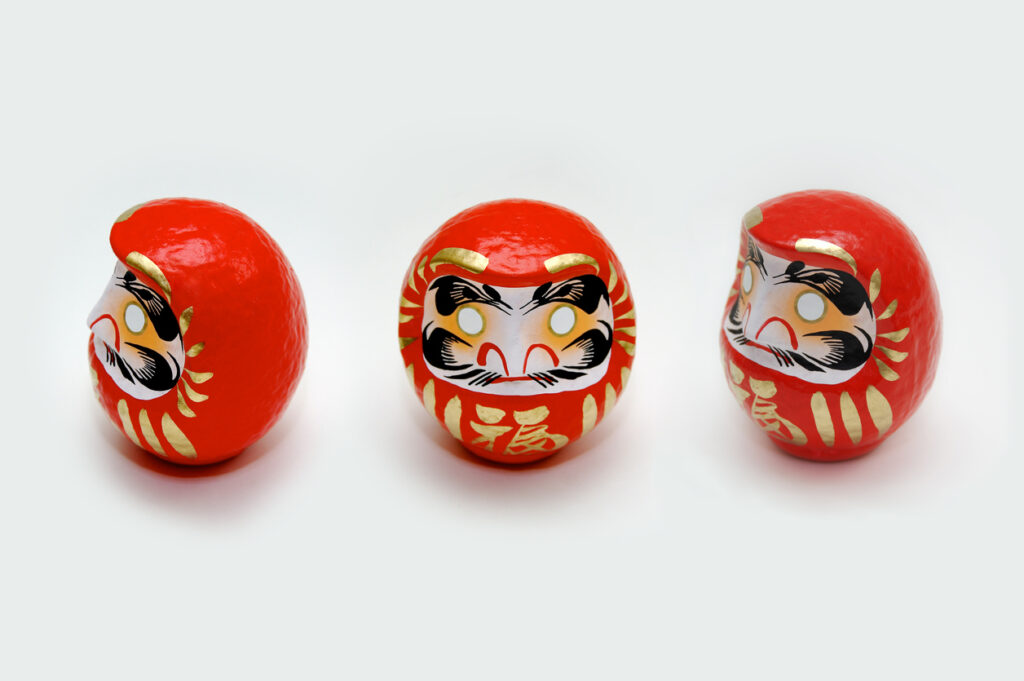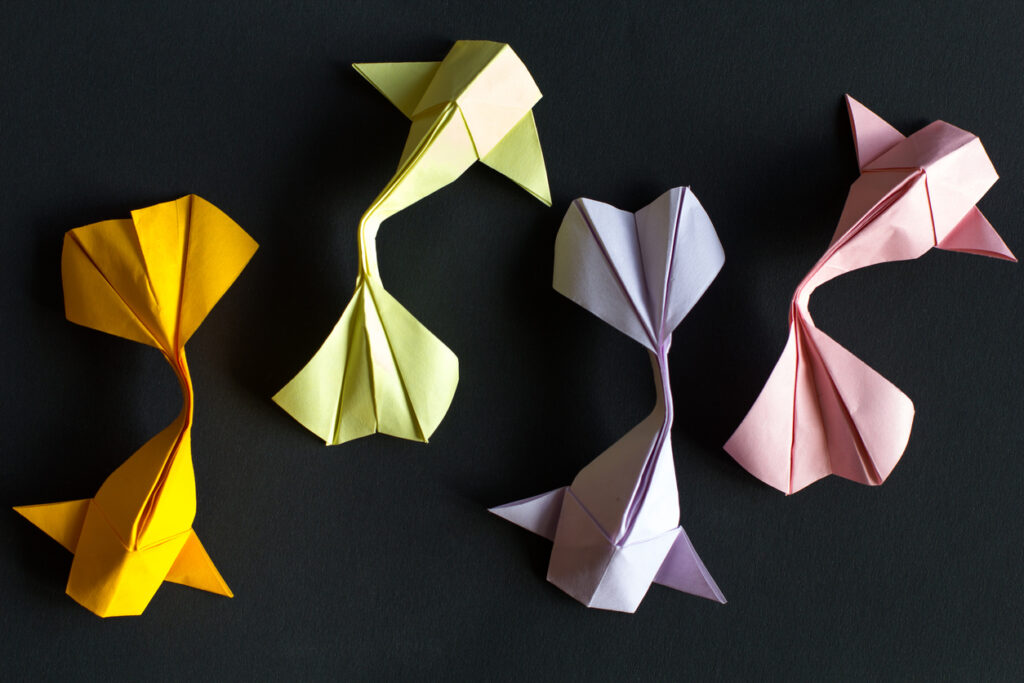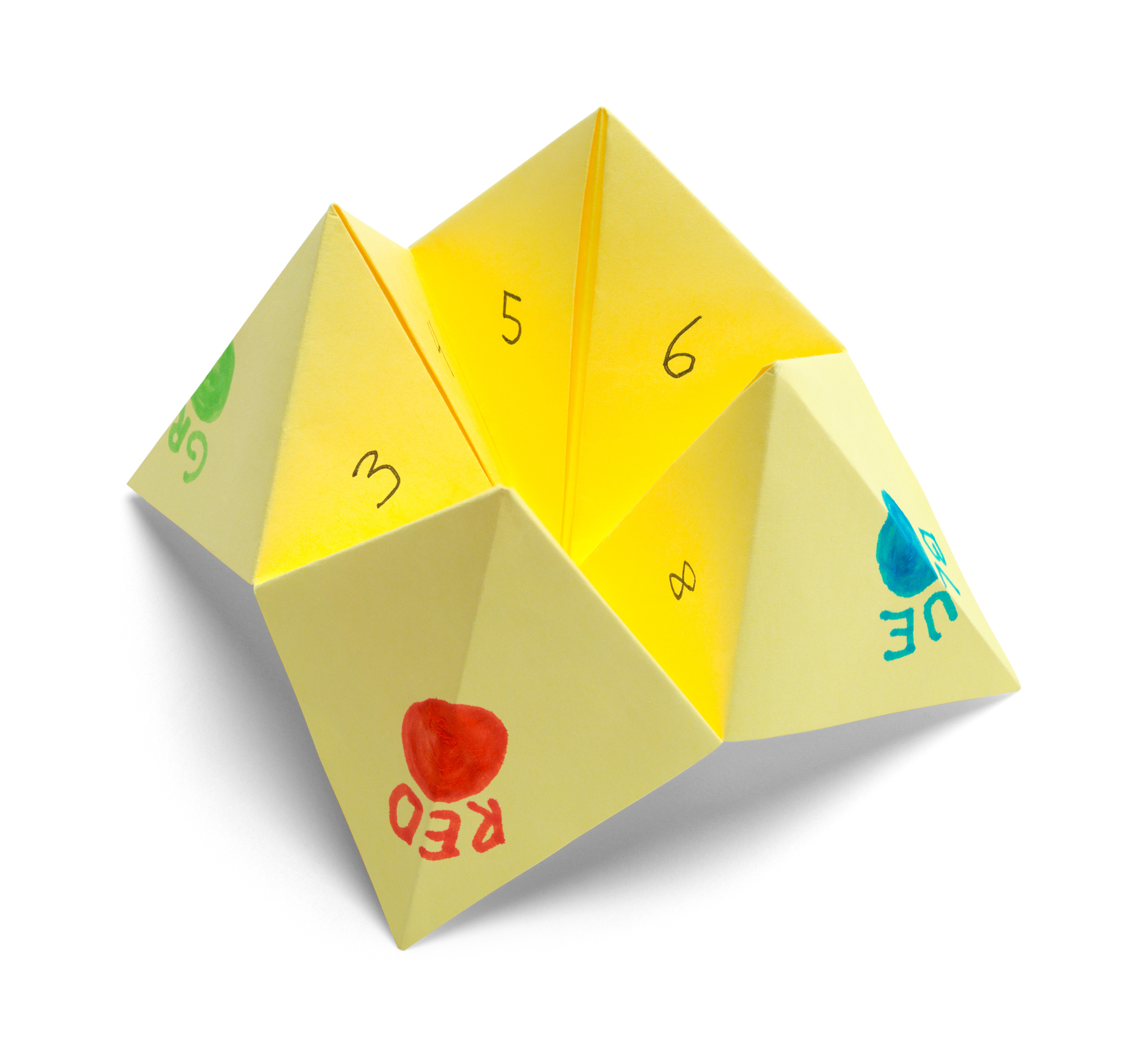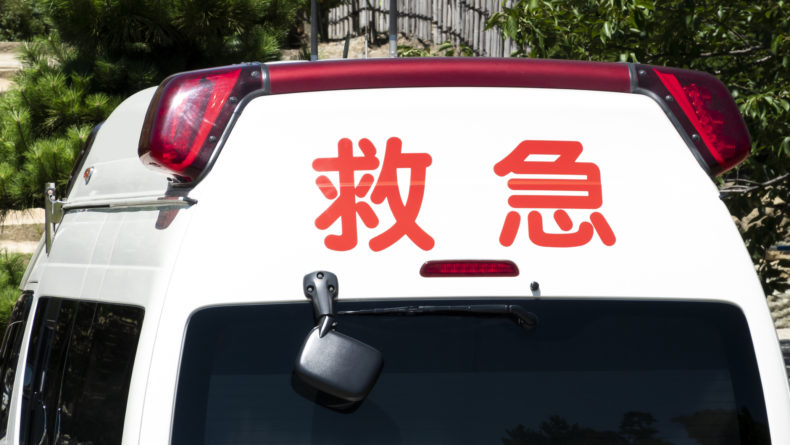8 Indoor Japanese Games To Try
Keep The Kids At Bay With These Super Fun Games
Mitigate restlessness by taking one of these kids-friendly indoor Japanese games for a spin!
Do you need new indoor games for your kids? Whether it’s a global coronavirus crisis, a snowstorm, a typhoon or a heatwave, sometimes you desperately need those. Before boredom sets in for the family, try learning one of these great indoor Japanese games to keep them entertained!
1. Kakurenbo (かくれんぼ, Hide and Seek)
Hide and Seek is a classic children’s game that doesn’t need to be played outdoors for maximum fun. The Japanese version, Kakurenbo, requires a sing-song back and forth between the person who is seeking, and those who are hiding.
How To Play
The designated seeker, the おに (oni, demon), covers their eyes and counts to 10 while everyone else hides. After reaching 10, they ask “もういいかい?/ mou ii kai?” or, “Are you ready?” to the other players. If the others are ready, they can say “もういいいよ!/ mou ii yo!” or “I’m ready!”. They can also say ”まだだよ!/mada da yo!” if they need more time to find a good hiding place.
Once everyone says “もういいいよ!” the seeker can begin looking for the others. When the seeker finds someone, they can shout, “みつけた!/mitsuketa!” or, “I found you!”. The first person found has to be the next demon!
2. Darumasan Ga Koronda (だるまさんがころんだ, Red Light, Green Light)
 © Photo by iStock: Nikontiger
© Photo by iStock: NikontigerThis game refers to the Daruma doll, a round, red, figurine with a depiction of a bearded man on the front. Darumasan Ga Koronda means, “The Daruma fell over”. If you wish to play this game indoors with your kids, you will need a somewhat long hallway in your home to have adequate space to play this indoor Japanese game.
How To Play
One person who is “it”—the Daruma—stands at one end of the hallway while the other players start at the opposite end. The Daruma turns their back to the others and says, “Darumasan Ga Koronda!”. When the Daruma is speaking, the other players run towards him or her. On the last syllable, the Daruma turns around abruptly to look at the others, who must freeze in place. If the Daruma sees someone moving, they point them out to be sent back to start.
The purpose of this game is for the players who are moving to get close enough to the Daruma to tag her or him. Once the Daruma is tagged, everyone else runs back to the start and the person who is the Daruma switches.
Fun Fact
Daruma are the figures behind the inspirational phrase, “fall down seven times, stand up eight.” They’re always falling over and getting right back up!
3. Origami
This classic Japanese activity deserves a spot on this indoor games list because the entertainment possibilities are endless with origami and an imaginative mind.
Origami in Japan dates back to the sixth century when Buddhist monks brought paper from China to Japan. Origami was strictly used for ceremonies and religious purposes back then, but hundreds of years later it is a common hobby among all Japanese kids and adults and can keep kids entertained for hours.
Some Origami To Try Out
- Families of origami animals of different sizes and colors (cranes and frogs being the simplest to make).
- Origami balls that you can inflate and kick around the house. They’re lightweight and can’t break much.
- Picture frames or paper boxes to put valuable photographs or small items inside. Fun and practical!
- Origami sumo wrestlers can be made to fight each other when placed on an upside-down box. Each competitor taps the box behind their wrestler to move them into combat.
- Pirate hats (out of newspapers) and take over the seven seas!
Savvy Tip
 © Photo by iStock: Mariia Loginovskaya
© Photo by iStock: Mariia LoginovskayaTo avoid nerve crisis during this activity, we highly recommend you to train alone before trying to teach anybody. (Believe us, we have been there.)
4. Shiritori (しりとり)
 © Photo by iStock: Yagi-Studio
© Photo by iStock: Yagi-StudioShiritori is a popular Japanese vocabulary game, the ideal brain-picker for Japanese learners or to sharpen little minds. It’s perfect for long indoor days or road trips with the family. The word “Shiritori” can be broken down into two parts which help to explain the rules of the game.
Shiri, or 知り, translates to the backside or rear-end of something. Tori, or とり, is to take. So like the name of the game suggests, the players will take the kana at the rear end of a word, to come up with a new word.
How To Play
Two or more players take turns saying words that start with the last kana of the previous word. For example, if the first word is りんご (ringo, or apple), the next person has to say a word that starts with ご, such as ゴリラ (ごりら in hiragana, gorira, or gorilla). The next person then has to come up with a word that starts with ら. You can also use all forms of the kana when thinking of a new word, so if the last word ended with ご, you can start the next word with ご or こ.
How does this game end?
There are no words in the Japanese alphabet that start with the hiragana ん, or the sound “n”. So to continue the previous example, if someone answered, ライオン (らいおん in hiragana) or lion, their word ends in “ん”, so they would lose the game.
5. Janken (じゃんけん, Rock, Paper, Scissors)
 © Photo by iStock: paylessimages
© Photo by iStock: paylessimagesJanken is a universal game that is perfect for settling disagreements or picking who is going to be the “it” person for another game. Japanese Janken, unlike the English version, can have several parts to it and more phrases to remember than just “Rock, Paper, Scissors”. The basic phrase to learn is “じゃんけんぽん/ janken pon”.
How To Play
Every player first chants, “さいしょはぐー/saisho wa guu”, or “fists first”, while they show their fist. Then on “pon” of “Janken pon”, players show either a ぐー/guu, or rock, ちょき/choki, or scissors, or ぱー/paa, or paper. Rock beats scissors, scissors beat paper and paper beats rock. If all the players choose the same item, the next phrase is “あいこでしょ/aiko de sho”, which just means the Janken happens again.
Variation
A second, optional part of Japanese Janken is a “made you look” game. When the Janken match is between two people, whoever has the winning hand says “あっちむいてホイ”、or “acchi muite hoi!” while pointing a finger on “hoi!” to the left, right, up, or down, next to their opponent’s face.
The opponent has to move their head on “hoi” and try to face a direction different from the way the other’s finger is pointing. If both the finger and the head are pointing in the same direction, the person pointing wins. If the finger and the head are pointed in different directions, it’s a tie and the Janken match starts again.
6. Ayatori (あやとり, Cat’s Cradle)
Ayatori, or making shapes using a circle of string with your hands, is considered one of the oldest means of entertaining oneself. Although there is a bit of a learning curve to become quick at making string shapes, once you’ve mastered the basics it’s fun to surprise friends and family with your ayatori creations! This game teaches kids patience and sharpens their perception because with every step you have to make sure the string won’t get tangled.
You need at least one string, about 140-160 centimeters long, with the ends tied together to make a circle. Each person can have their own string if they want to make their own creations or two people can play with one string as well.
How To Play
If playing ayatori by yourself, try making one of these common shapes: a witch’s broom, the Eiffel Tower, a star and Jacob’s Ladder. Carefully looping the strings around your fingers and palm, and making sure you have enough slack in the string, will help you succeed in ayatori.
Variation
It’s best to get the hang of playing ayatori alone before attempting to play with two people. For two people playing ayatori, it becomes a competition. First, player one makes a shape with the ayatori, then player two has to take the string from player one by making it into a new shape. Whoever makes a mistake so the string tangles, loses.
7. Origami Fortune Teller
 © Photo by iStock: Michael Burrell
© Photo by iStock: Michael BurrellTo make an origami fortune teller, take a square piece of paper and fold one corner to the other to make a triangle. Once this is creased, do the same with the other two corners so there’s an X in the middle of the paper. Then fold each of the corners to the center of the X, so you form a smaller square. Then, flip the paper over and fold each of the corners to the middle again. This creates four pockets for your index finger and thumb of both hands to go inside. (Take a look at the video if that doesn’t make sense!)
On the top flaps, write a color in each square (the standards are yellow, red, blue, and green). Write the numbers one through eight on the triangles that are shown one layer inside. Finally, on the very inside of the origami is where you write fortunes! You can write four or eight fortunes, along the lines of “You’ll be very rich!” or “You’ll find a new boyfriend!”
How To Play
The ‘fortune teller’ has their index fingers and thumbs inside the flaps of the origami square, and asks the other person to pick a color. As the fortune teller spells out the color that was chosen, they open the origami one way, then the other. Once the last letter is said, the other person picks one of the numbers that are showing inside the origami. The fortune-teller counts and alternates flapping the origami again. This happens twice before the other person picks their final number, and the fortune teller can open up the origami to read their fortune! “A pleasant surprise is waiting for you…”
8. Daihinmin or Daifugo (大貧民・大富豪, Presidents)
 © Photo by iStock: Anchiy
© Photo by iStock: AnchiyOne of the most popular Japanese card games can be played with a standard deck of 52+2 cards. Daihinmin (very poor man) or Daifugo (very rich man) is a game where you try to move up in rank from low to high during each round. To move up in the game and become Daifugo, you must get rid of all of your cards before your opponents. If you are the last to get rid of your cards, you are Daihinmin.
Rules
The values of the cards from strongest to weakest are as follows: 2-A-K-Q-J-10-9-8-7-6-5-4-3.
- 2 is the highest card that can never be beaten.
- 3 is the weakest card.
The jokers, one or both of which can be included in the game, are wild cards that can substitute for any other card.
How To Play
All 52 cards plus the jokers are dealt out evenly to the number of players in the game. Whoever puts their cards down first (choose this person with Janken!), can play either a single card, a pair of the same number cards, or a triple or quadruple card set.
Going clockwise, each player has to put down cards that are higher than the previous one in the middle, and they also have to match the number of cards in the middle. If person one puts down a pair of 3’s, then person two has to put down a pair of any card higher than 3 (or one card plus a joker to make a pair).
Any person can choose to ‘pass’ if they do not have any cards higher than the ones already in the middle. Once everyone passes, whoever was the last one to put down a card is the winner of the round and gets to start the next round with their lowest cards. The first person to run out of all of their cards is the Daifugo, and the second is the Fugo. The game continues until two people are left, the Fugo who is second to last and the loser is Daihinmin.
Before the next round starts, a card exchange takes place. All of the cards are dealt with by the players again, then the Daihinmin has to give their two best cards to the Daifugo (without showing the others what they are). The Daifugo gives two unwanted cards to the Daihinmin. Likewise, the Hinmin gives their best card to the Fugo, and the Fugo returns an unwanted card in return. Then the new round starts with the Daihinmin going first.
Strategically, it’s better to try and get rid of your lowest cards first. You also aren’t required to play a higher card, just because you can… Save those 2s for when you can do some damage!
Do you have any indoor Japanese games up your sleeves? Tell us in the comments below!
















Leave a Reply